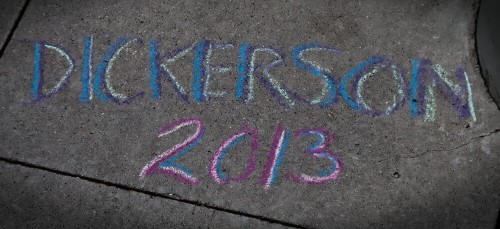Germans are protesting in the streets about the NSA. Americans are doing nothing. Why?
OK, yes, I think apathy does play a role. I think there are a lot of Americans who have their bread and circuses and just don’t care about anything else. I also think there are a lot of Americans who think, “This only affects bad guys” and haven’t studied enough history to realize why that is a dangerous assumption.
But for me, and I think many others, it’s not apathy. I care. I care a great deal about the usurpation of civil rights that has occurred in this country since the end of 2001. And not just the loss of civil rights but the abandonment of any moral high ground we may have held on the international stage.
I haven’t flown since 2010 and I won’t fly until the TSA is reigned in and passengers are treated with some modicum of respect and aren’t assumed to be terrorists. I wrote to all the airlines explaining why I would no longer be a customer. They didn’t seem to care.
I don’t vote for Republicans or Democrats (if possible). I vote for, and donate money to, third-party candidates. They never win.
I donate money to the Electronic Frontier Foundation and the Electronic Privacy Information Center. They file lawsuits that get thrown out of court because “National Security” which apparently also means “end of discussion.”
I’ve written actual paper letters to my Congressional representatives and the President with my positions. The only response is a form letter with no indication anyone bothered to read the message.
So I promise it’s not apathy. I previously wrote about Outrage Fatigue and what follows fatigue is despair. I think for those of us that do care, our lack of action is mainly due to despair.
What can we honestly do as average citizens that will make any difference?
I may despair in what I can do next to help fix things, but I’m not without hope. I think we are making a difference, though slow. And I think we will eventually rein in the egregious abuses we’ve seen.
I think, or at least hope, we’ll look back on 2001-2020 the same way we look at 1950-1956 and the abuses that were McCarthyism.
Then the important question will be: what can we do to prevent it from happening again?














